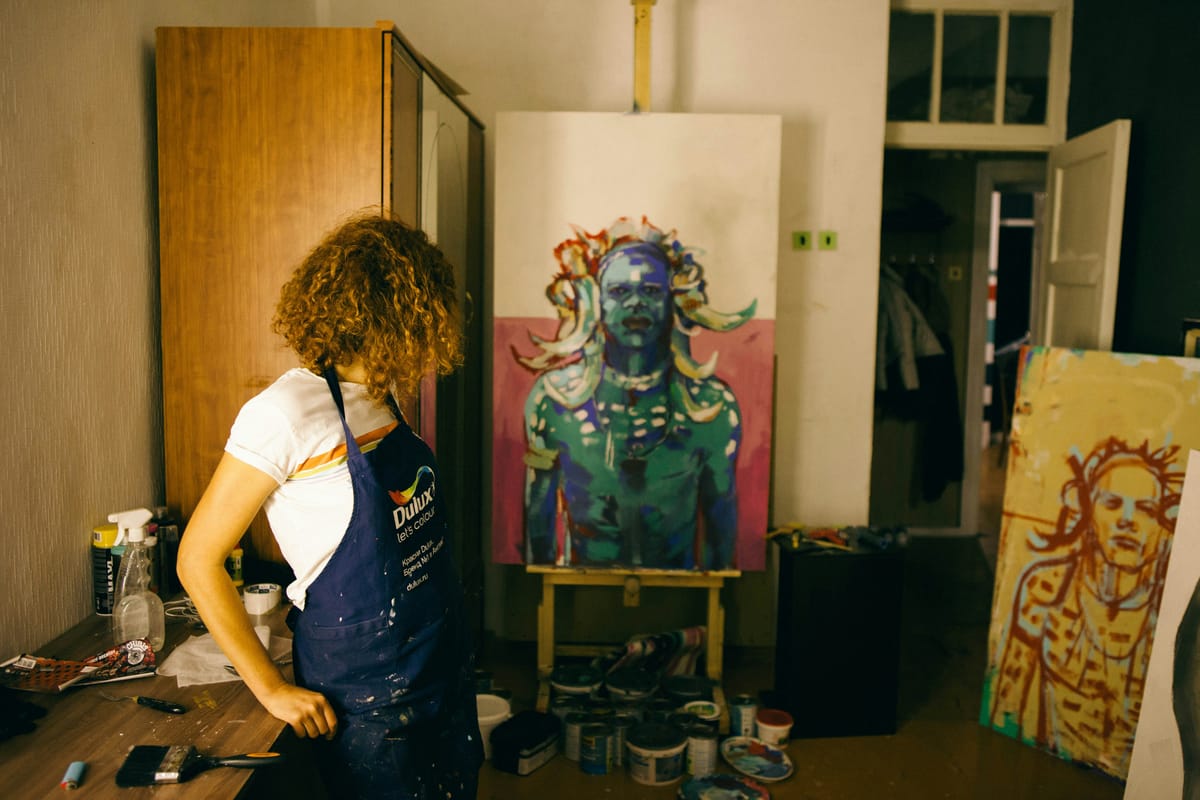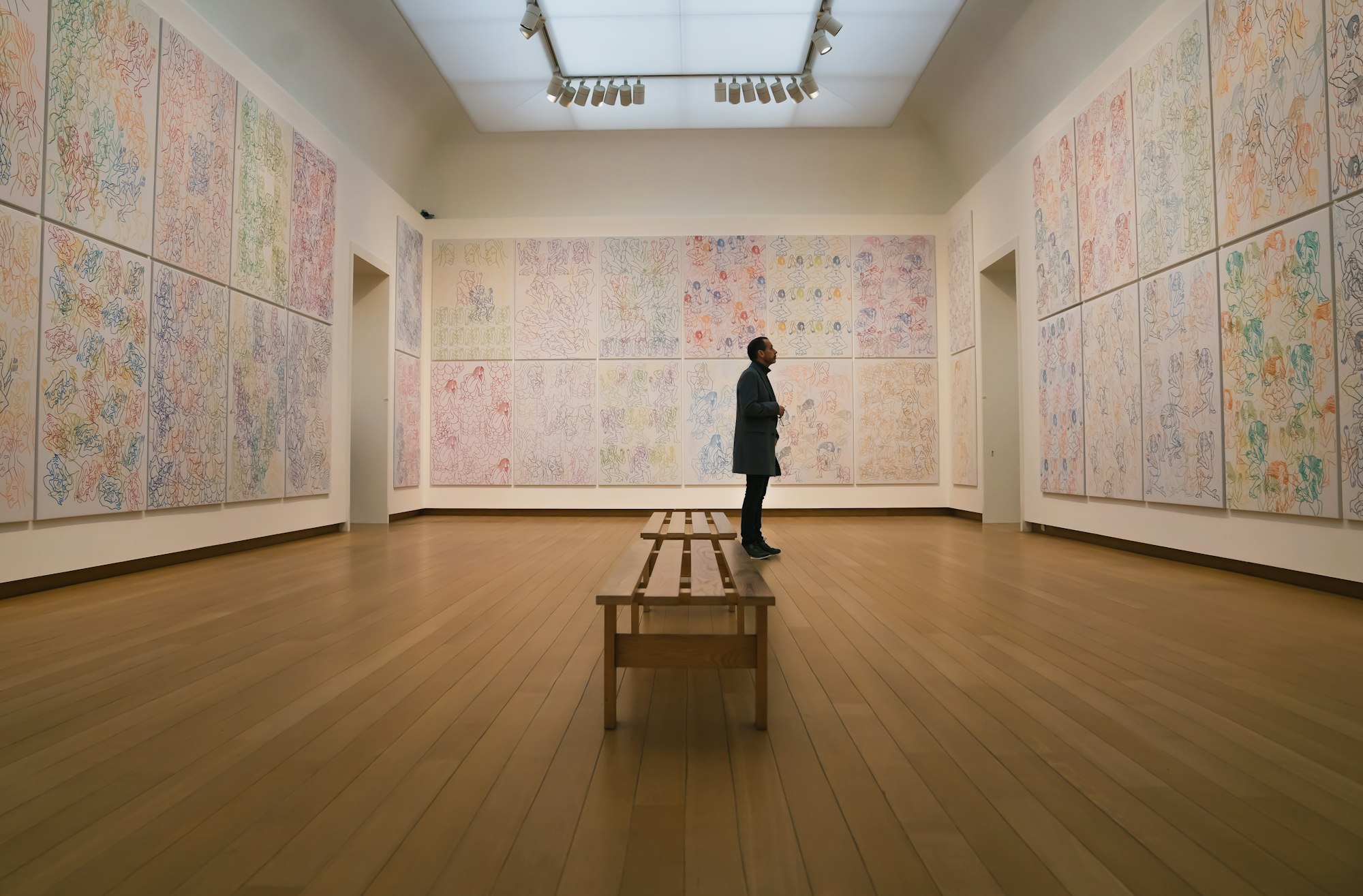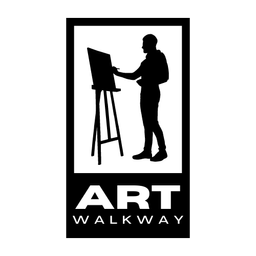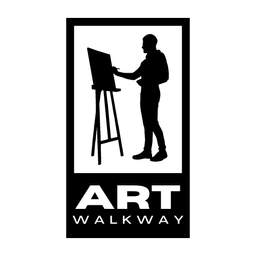Art Flipping: Buy Low, Sell High, Move Fast
Is this the future of collecting or a dangerous game that undermines artists and their work?
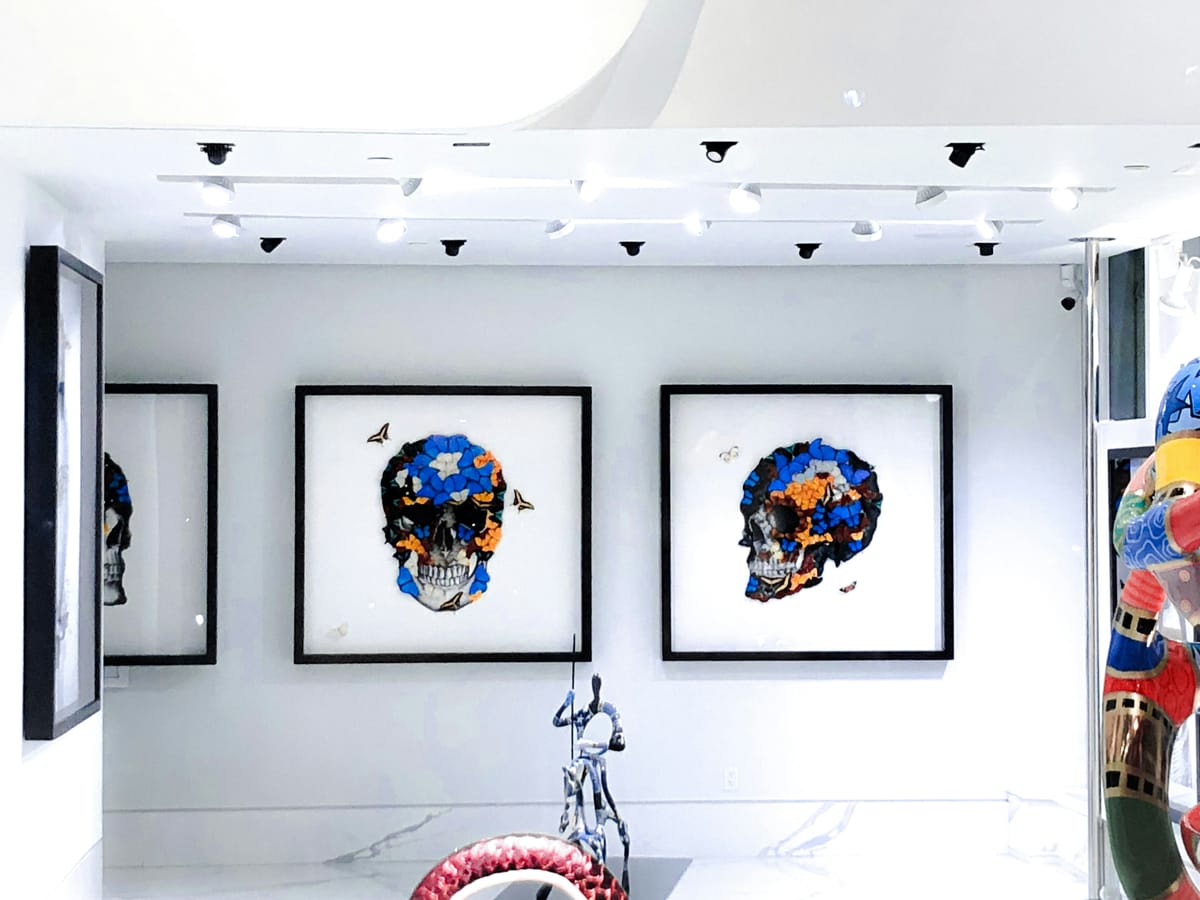
In the art world, every piece begins as an act of creation—a reflection of an artist’s vision and time. Yet today, for many, art is no longer about creation but about profit. Art flipping—the rapid resale of artwork for higher prices—has surged, reshaping how we value and trade art.
Art flipping is straightforward: buy low, sell high, and do it fast. Unlike traditional collectors who hold pieces for years, flippers treat art like stocks or real estate. It’s all about short-term gains, and emerging artists are often the targets. Their work, often affordable, can skyrocket in value if they gain recognition. But what happens when art becomes just another asset?
For artists, flipping cuts deep. Yes, high resale prices can boost reputations, but the benefits often end there. Artists rarely see profits from these secondary sales, leaving them out of the financial windfall their work generates. Worse, flipping can destabilize their market, inflating prices only to deflate just as quickly. Careers built on such volatility often struggle to recover.
Collectors play a pivotal role. Some flip to fund their passion, others for pure profit. This shift changes how art is perceived. Instead of a cultural treasure, art becomes a trophy, displayed more for its price than its meaning.
Auction houses amplify the frenzy, staging high-profile sales that inflate values and spark speculative buying. These bidding wars create a hype-driven market where art is less about its intrinsic qualities and more about how much someone else might pay tomorrow. The result? A bubble waiting to burst.
What’s the solution? Some argue for stronger protections, like resale royalties that give artists a share of secondary profits. Others suggest tighter gallery contracts to prevent quick resales. But ultimately, the change must come from collectors. Prioritizing long-term appreciation over quick flips could restore balance and ensure the market values art for what it truly is: a reflection of humanity, not just a commodity.
Art flipping raises urgent questions. Is this the future of art, or a temporary distortion of its value? As the market evolves, one thing is clear: art’s meaning must not be lost in the pursuit of profit.
© ART Walkway 2025. All Rights Reserved.
Read More:
